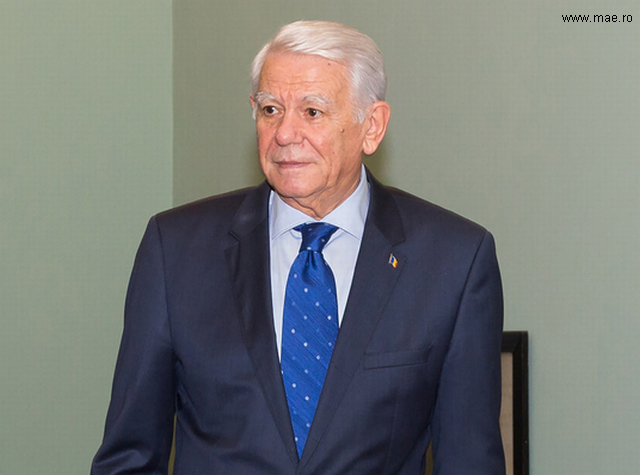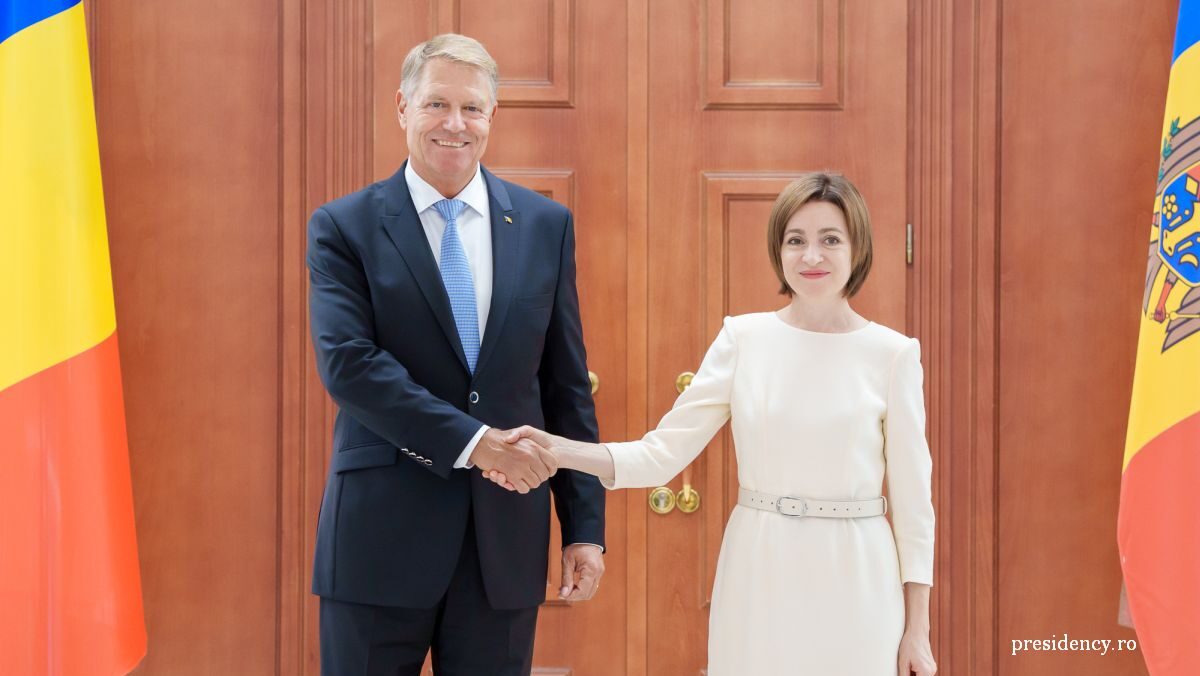The security of the Black Sea region
Significant changes in the security of the Black Sea region have taken place in recent years.

Corina Cristea, 22.06.2018, 13:41
Significant changes in the security of the Black Sea region have taken place in recent years, and NATO, as an alliance with a direct interest in this matter, is closely watching the situation and acting to maintain a certain balance. The situation has further deteriorated following the Georgian conflict in 2008 and the annexation of Crimea by Russia in 2014. “Russia’s actions are destabilising the entire Black Sea region and threaten not only the security, but also the democracy of the states in the area”, said the Romanian foreign minister Teodor Melescanu.
Minister Teodor Melescanu pointed out that from Crimea and the east of Ukraine, we are seeing an increase in the Russian logistical military presence in support of naval operations and remote infrastructure that are transforming the Black Sea into a platform for the projection of military power to other regions of the world. Teodor Melescanu said the multitude of risks and conventional and hybrid threats in Europe’s immediate vicinity has had major repercussions on the interests, relations and strategic considerations in the Black Sea area.
Faced with these distinct types of threats, the best answer is a unitary approach by NATO and European Union members. Speaking to Radio Romania, the state secretary in the Defence Ministry and the head of the Department for Defence Policy, Planning and International Relations Mircea Dusa spoke about the measures the North-Atlantic Alliance is considering in the near future: “These measures mainly seek NATO’s adaptation to the new security situation on the eastern flank as a result of the crisis in Ukraine, of Crimea’s annexation, of the measures that need to be taken on the southern flank given the situation in the Middle East and northern Africa and the measures taken on the northern flank of NATO and the European Union. These important themes refer first and foremost to the increase in the defence capacity and the gradual increase in the defence and combat capacity. Other measures refer to the deterrence and defence posture and some new concepts NATO is considering for the near future.”
“Security of the North Atlantic Alliance is closely related to security of the Black Sea” and fresh decisions for this region are going to be made at the NATO summit in July. This is what James Appathurai, NATO Secretary General’s Special Representative for the Caucasus and Central Asia, said at the Bucharest forum where he made an assessment of the situation in the Black Sea — An increased Russian military buildup in the Black Sea as well as its deployment of a series of capabilities which actually block the free access and movement of NATO and its allies in the region, all these are changing the security environment in the region. At the same time Russia is using Crimea and the access to the entire region in order to exert its power in the Middle East.
According to Appathurai, besides military means, Russia also resorts to hybrid threats such as propaganda, disinformation and funding one party or another in order to cause division among the states in the region both at domestic level and in the relations between them. During their two-day meeting in Brussels, NATO defence ministers approved a new initiative, which will allow the Alliance to mobilize 30 battalions, 30 squadrons and 30 warships in 30 days. This task force will include about 30 thousand troops, 300 planes and at least 30 warships or submarines. The ministers also greenlighted new command centres in the German city of Ulm and in Norfolk, the USA.
The two structures have come to strengthen the Alliance’s defence and deterrence posture and consequently its capacity to prevent conflicts. According to news agencies, the decisions recently made by the ministers are a decisive stage in the preparation of the NATO summit scheduled for July, with a view to establishing an all-out coherent defence for the Alliance. They are meant to create an efficient, coherent and credible defence and deterrence posture, by adjusting NATO’s command structure, by strengthening the response capability of the troops in keeping with the initiative of raising the degree of operability and response, beefing up the maritime response capability as well as improving the strategic approach of the Alliance’s southern dimension.
As regards Romania, it has seen the first NATO structures on its territory after the Wales Summit — the NATO Force Integration Unit and the Multinational Division Southeast, which is focusing inclusively on the security objectives in the Black Sea region as well as on the measures, Romania, as a NATO member, has taken in this period with a view to increasing defence capabilities in this region. These also include measures that are part of the programme focusing on equipping and modernizing military capabilities in the Black Sea area.






























